 Interview conducted by Mychealla RiceApr 23 2019
Interview conducted by Mychealla RiceApr 23 2019In this interview, Joe Konschnik, Business Development Manager for the global food & agriculture market at Restek talks to AZoM about the importance of measuring pesticide residues, mycotoxins, melamine, and bisphenols in food.
Please tell us about Restek Corporation and the work you do?
Restek corporation is an employee-owned company that manufactures chromatography consumables. We sell our products globally and have offices in North America, Europe, and Asia. While many of our competitors have been absorbed by larger companies, we have chosen to remain a privately held company.
We make chromatography consumables, including LC and GC columns, sample prep products, and reference materials. We sell into multiple markets, such as pharmaceutical, clinical, food, flavors, fragrances, petroleum, chemical, and environmental. I am responsible for studying the global food and agriculture testing market, identifying new product and application opportunities, and finding ways to enhance laboratory workflows for the analysis of foods. My current focus is in the food and agriculture market and requires going out into the market, talking to experts, meeting with customers, identifying what their needs are, bringing those ideas back to the company, and then applying them to new products, solutions, and applications.
If found in food, pesticide residues, mycotoxins, melamine, and bisphenols can have a serious impact. Please tell us about your range of workflow solutions that are helping food chemists prevent this.
Our workflow solutions vary widely and cover a wide range of compounds and commodity types. For example, our LC solutions range from the analysis of bisphenols in packaged beverages, mycotoxins in grains and nuts, and melamine in infant formula to measuring hundreds of pesticide residues in commodities such as fruits, vegetables, grains, honey, and, most recently, veterinary antibiotics in animal tissues.
Our GC solutions range from the analysis of polycyclic aromatic hydrocarbons (PAHs) in seafood and teas, pesticides in fruits and vegetables, and melamine in infant formula to measuring the amount of fatty acid methyl esters (FAMEs), triglycerides, and monochloropropane diols (MCPDs) in a variety of foods, including edible and essential oils. MCPDs are contaminants formed during food processing, and this is one of the emerging food safety issues of today.
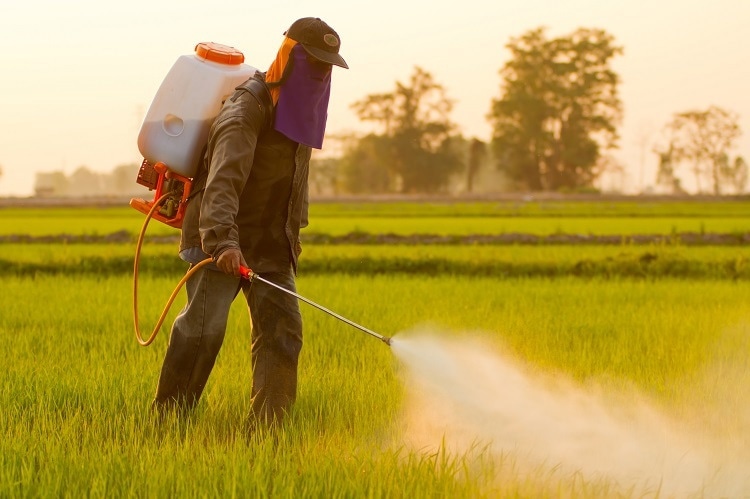
Image Credit:Shutterstock/PiggingFoto
What benefits do they have for food chemists when it comes to preparation of food?
Restek offers the consumables required to perform a sample preparation technique called QuEChERS (pronounced ”catchers”). It stands for Quick, Easy, Cheap, Effective, Rugged, and Safe. This technique is used around the world to reduce the amount of time and hazardous solvents required to test foods for contaminants.
It also reduces use of labware and other consumables that add to the cost and the time to prepare samples. Restek offers a comprehensive solution for this technique by equipping food chemists with a wide variety of reagent combinations required to test many types of commodities.
Our space focuses on taking very complex workflows and trying to simplify them because Restek is strictly a consumables manufacturer and not an instrument manufacturer.
We design our products so they fit into anyone's instrument platform, which gives us a unique place in the market, allowing us to applicate workflow solutions that save people time and cut their costs by simplifying their workflows and procurement steps. For example, labs can buy the reference materials from us in addition to the consumables for sample prep as well as the consumables to do the separation, which simplifies and makes it easier for them to do business.
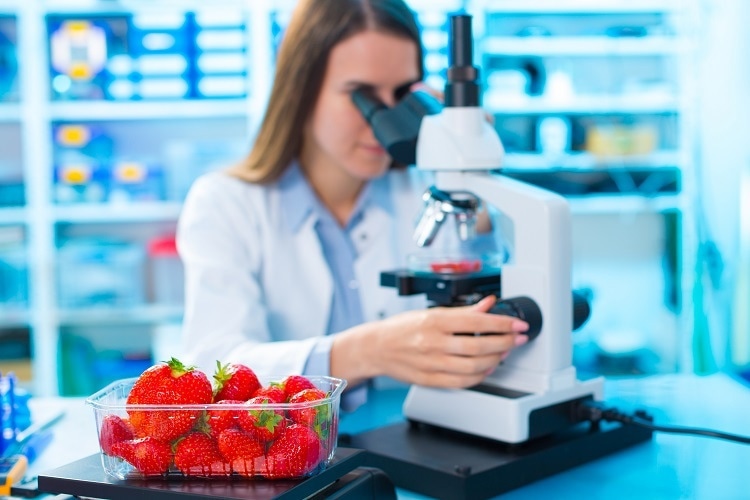
Image Credit:Shutterstock/sciencephoto
How can the solutions from Restek monitor for pesticide residues, mycotoxins, melamine, and bisphenols in food?
Restek’s workflow solutions include both gas and liquid chromatography separation techniques and incorporate recent technology innovations, which when designed into our products, allow food chemists to analyze for contaminants in a variety of commodities.
We design workflow enhancements into these workflows to help food chemists save time and cost and to produce better quality data. We also focus on helping them keep their instruments running longer, which saves them time and money, enabling them to meet their aggressive business goals. It’s important to note the results they generate are used to make million-dollar decisions as companies move food around our planet every day. Hence, these results must be consistently correct and timely to prevent spoilage.
To understand the complexity of food testing, I like to cite the example of sample variety in other parallel markets. For example, an environmental testing lab may need to test a hundred different types of samples from drinking water, wastewater, soil, and air while also considering the varieties within each. In the clinical industry, you are testing for such things as serum, whole blood, urine, tissues, and other bodily fluids that may be around 10 or 20 matrices.
By contrast, when you are looking at the food industry, just think about the variety of foods we consume. There are literally thousands of different types of foods and ingredients. Labs in this market must modify and adapt their methods for the tremendous diversity within foods they test. Even though you might think, for example, all vegetables and fruits are the same, they actually are not. Some are more acidic, some are higher in sugar, some are higher in fat, and some have more pigment and/or water than others. Because of this, Restek has to design solutions that simplify testing for such a wide variety of samples while giving very consistent results. This is the challenge that is before us, and that is what our products are applicated to do.
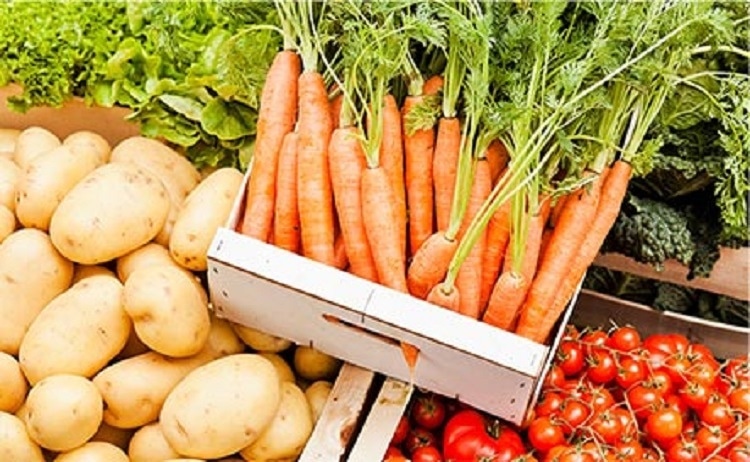
How do your workflow solutions compare to other products on the market that can measure for contamination? What sets Restek apart?
As I mentioned earlier, we are one of the few privately owned companies remaining in the global market that specializes in offering chromatography consumables to the separation science market. Since we do not manufacture instrumentation, which is considered capital equipment, our products are suited for a variety of instrument platforms designed to perform many different workflows. This is why, in our product messaging, we incorporate a wide variety of instrument platforms in our workflow solutions and product collateral.
We work hard in our content development and messaging to remain “instrument platform-neutral” to illustrate that our products will perform well on most instrument platforms on the market. We ensure this in our product design, manufacturing specifications, and product quality assurance testing. Our customers benefit from being able to use the same products on a variety of instruments in their lab, which consolidates their purchasing and simplifies operational requirements.
What applications within the food industry are really going to see the benefit of your product?
The market is moving toward more complex, comprehensive multi-analyte screening assays requiring the analysis of hundreds of contaminants in a single analysis to save time and cost. Applications such as multiresidue pesticides and multi-analyte mycotoxins and veterinary drug screens will benefit from our products. Also, our products will benefit those applications that require the analysis of fewer analytes, which are more difficult to separate and identify in complex samples such as PAHs, MCPDs, cis and trans fats.
Working inside Restek, we are passionate about looking for better, faster, simpler ways to help chromatographers achieve their goals. If a product or application does not have one of these advantages, we set it aside and work on those that do.
At the moment, we’re focusing heavily on food safety and authenticity areas of testing as these are the challenges most labs are faced with in today’s food testing market. Reporting the residues of agricultural chemicals leftover after the growing and processing of edible plants, fruits, and vegetables, and identifying residues of drug substances used to keep livestock animals healthy, but which end up in our food, are what many food labs are being tasked with today. Labs must test foods to ensure their authenticity by identifying the adulterants and counterfeits being introduced into our global food supply, which is also a priority for our customers. Restek is now working on products and solutions to meet these emerging needs.
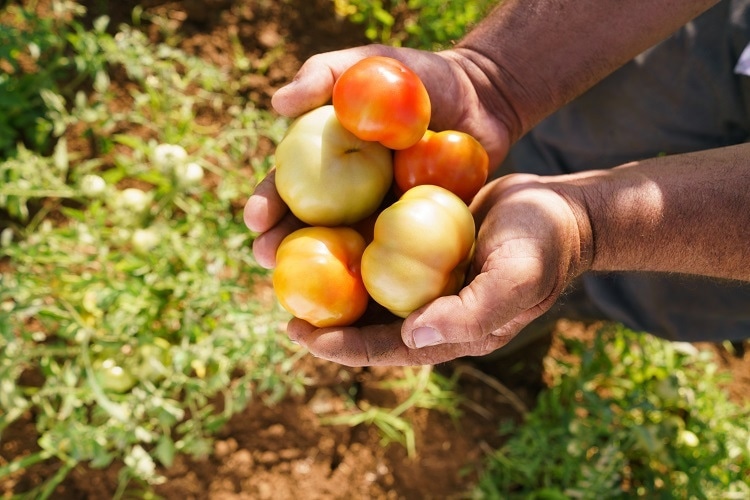
Image Credit:Shutterstock/DiegoCervo
Are there other applications that will benefit from your product?
In the near future, we plan to release some innovative new products for the analysis of glyphosate, acrylamide, sugars, and amino acids—all of which are currently considered some of the more difficult analyses that challenge food chemists due to their chemical properties.
Food also crosses over into a lot of other industries. Many of the chemicals used to process, manufacture, and package foods and beverages come out of the petroleum industry. The environmental testing industry tests the water and the soil used to grow the plants and raise the animals and livestock that become our food. Much of the contaminant testing done in food is also performed on water, soil, and air, which are applications where you will also see the benefit of Restek’s products. Yet another fast-growing and emerging industry currently benefiting from our products is cannabis plant and related product testing which overlaps very closely with those required for foods and beverages. There is a lot of crossover between what we do at Restek in the food and beverage area, and testing required for the life sciences, petrochemical, environmental and cannabis industries.
Overlap on the clinical side occurs with testing humans for vitamins, nutrients, and contaminants as well as what happens to them in the body after people ingest foods and beverages. There is a lot of crossover between what we do at Restek in the food area, and what happens in life sciences, the petrochemical industry, and environmental testing.
We are also working on collaborations with federal agencies and industry partners in order to automate workflows using robotics. This is another current market trend that reduces human error and variability in order to provide consistent results while also decreasing costs of food testing. We are evaluating the newest technologies and then applying them to difficult food testing challenges.
What does the range of workflow solutions mean for the future of preparation and analysis of food samples? Will it revolutionise the food industry?
As foods are grown and harvested in larger quantities and shipped around our planet more frequently and at higher volumes than ever, the need for testing will also continue to grow. The transition from consuming locally grown and sourced foods to a globally sourced food supply is one driver to today’s emerging testing needs.
The need for expanding the number of workflow solutions that can generate accurate testing results quickly will revolutionize the ability to track food products through supply chains. Such blockchain information tracking is necessary to protect human health as it allows suppliers to quickly know where contaminated foods are so that they can be recalled in order to prevent illnesses and disease.
Incorporating streamlined workflow solutions into the preparation and analysis of foods will continue to revolutionize the ways our food is grown, processed, packaged, and shipped. For example, the ability to accurately test a grain shipment for mycotoxins to determine safety for consumption within hours of a ship’s arrival in the harbour will determine many factors related to the supply, demand, and cost of our food in the future. Our products must be available, trustworthy, and effective to enable our customers to keep the instruments up and running when they need them.
The revolution has already begun and will continue as the need for food testing grows. Future workflows must drive faster and more reliable determinations necessary to ensure public health and safety. New food contaminant and authenticity issues are emerging frequently, and our challenge will be to keep pace with food chemists’ needs by offering better, faster, simpler solutions.
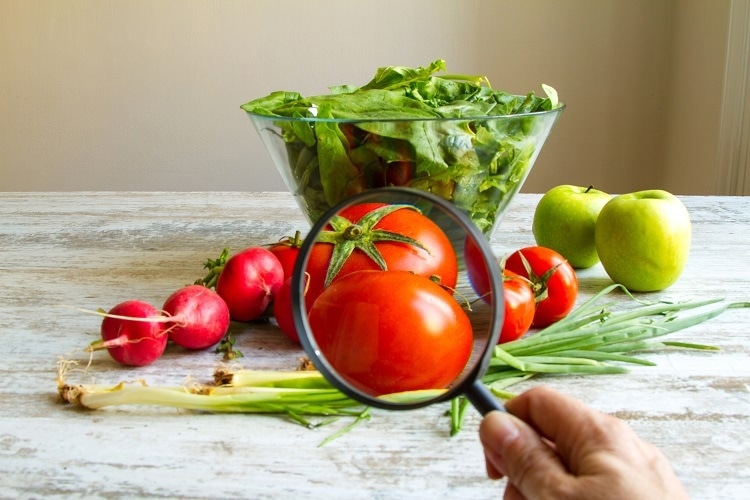
ImageCredit:Shutterstock/conejota
Where can our readers go to find out more?
Please visit Restek’s website at www.restek.com and visit our food safety landing page by clicking on the food safety icon or this link: https://www.restek.com/food-safety You can also check out our blog site, which can be accessed from our main page. It is a great way for other chemists to have direct access to our research and innovation chemists: https://blog.restek.com/ Our video clips are also popular, answering some common questions about chromatography and testing in clips that are only a few minutes long: https://www.restek.com/row/

About Joe Konschnik
In his role as Restek’s Business Development Manager for the global food & agriculture market, Joe observes market needs, identifies new technologies and product opportunities, and oversees technical content development for new applications.
Joe is in his 18th year as an employee-owner with Restek. He is an invited speaker on sampling and analytical chemistry topics globally. He serves as a volunteer in leadership roles for nonprofit organizations such as ACIL, ILI AIHA, and NACRW and is an active member of AOAC and AOCS.
Disclaimer: The views expressed here are those of the interviewee and do not necessarily represent the views of AZoM.com Limited (T/A) AZoNetwork, the owner and operator of this website. This disclaimer forms part of the Terms and Conditions of use of this website.